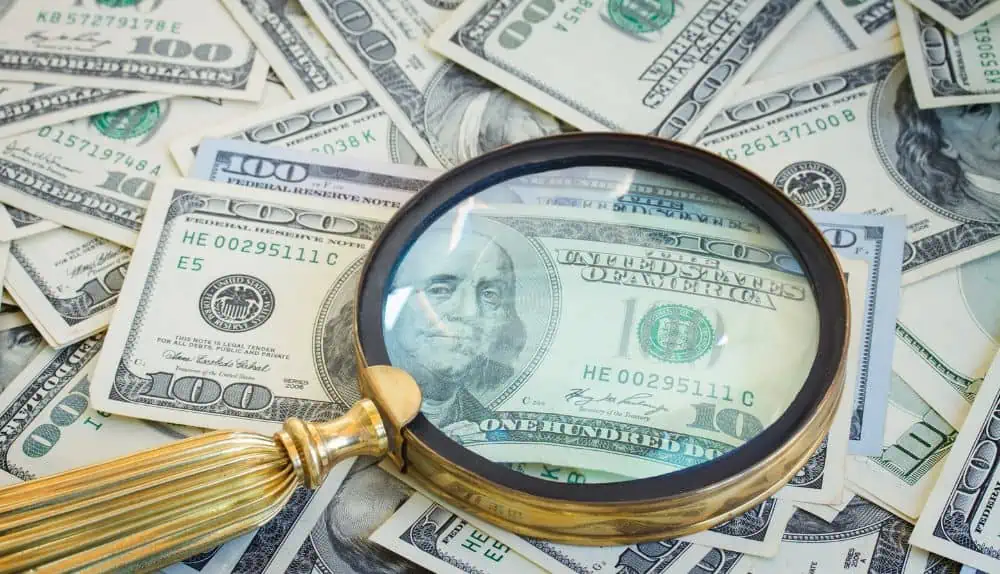Check Out making uses of copyright Money in Artistic Creations and Theatrical Performances
Phony money, usually identified with deceptiveness and outrage, holds a peculiar allure when it finds its means right into the realm of staged performances and artistic productions. Its background is loaded with complex stories that have inspired artists to integrate these reproductions right into their works. From the aesthetic arts to the significant stage, phony currency has actually been made use of in interesting manner ins which test understandings and provoke thought. As we look into the multifaceted uses funny money in these creative domain names, we start to discover a globe where credibility and imitation blur, prompting us to examine the very nature of worth and representation within art and efficiency.

Historical Importance of Funny Money in Art
The historic significance of copyright cash in art is a complex and fascinating subject that drops light on the intersection of creativity, subversion, and socio-political commentary. Throughout history, artists have actually made use of phony cash as a tool for challenging social standards, questioning the value of money, and making effective declarations concerning riches and power.
One of one of the most significant examples of copyright money in art dates back to the Dada movement of the early 20th century - copyright money for sale. Artists such as Marcel Duchamp and Hannah Höch integrated phony currency right into their works to criticize the capitalist system and check out the idea of worth in a rapidly changing world
Additionally, throughout times of financial instability or political upheaval, copyright cash has been made use of by artists as a kind of protest or rebellion. By developing and distributing copyright, artists have been able to interfere with the status, challenge authority, and prompt crucial conversations about the function of money in culture.
Impact of copyright Money on Visual Arts
By integrating phony money right into their jobs, musicians provoke discussions on the nature of worth, authenticity, and social perceptions of wealth. The usage of copyright in art likewise raises moral considerations concerning the limits of creative expression and the implications of reproducing lawful tender. Overall, the effect of phony money on aesthetic arts is multifaceted, boosting important representations on the intersection of cash, art, and societal worths.
Meaning and Meaning in Theatrical copyright Displays
Using theatrical imitation displays, musicians utilize symbolic depictions to share much deeper definitions and stimulate provocative interpretations within the world of performance art. Via the consolidation of copyright in staged productions, designers can explore themes such as greed, power, corruption, and the impression of wealth. The usage of copyright on stage can act as an allegory for social concerns, financial differences, and the delicacy of monetary systems.
In staged efficiencies, the symbolic worth of funny money expands past its monetary worth. It can symbolize the misleading nature of appearances, the quest of materialistic wishes, and the repercussions of dishonest actions. By using phony cash as a prop, musicians can test audiences to question the true definition of wealth and the moral boundaries that people might cross in its quest.
Moral Factors To Consider in operation Funny Money for Art

One major honest consideration is the potential lawful repercussions of making use of funny money in art. Counterfeiting look at this website currency is unlawful in many countries and can bring about significant effects for artists who purposefully include imitation costs into their job. copyright money for sale. This not only puts the musician in danger yet additionally questions about promoting prohibited activities via art
In addition, there is an ethical dilemma regarding the credibility of the artwork itself. Making use of funny money blurs the line in between reality and imitation, potentially deceiving customers and compromising the integrity of the artistic piece. Artists need to think about whether the usage of funny money straightens with their worths and imaginative purposes, weighing the possible effect on their credibility and trustworthiness.
Future Fads in Funny Money Combination
Taking into consideration the progressing landscape of creative expression, the incorporation of imitation money in imaginative works might witness a change towards ingenious and provocative avenues. As musicians remain to press limits and discover brand-new mediums, copyright cash might progressively be used to test societal standards, examine the worth of money, or make effective statements concerning wealth and consumerism.
One future pattern in funny money combination can be its use in immersive art setups where target markets are urged to interact with the items, blurring the lines in between fact and illusion. Furthermore, innovations in modern technology may bring about the production of hyper-realistic copyright cash that is essentially equivalent from authentic currency, opening possibilities for a lot more elaborate and comprehensive art work.
Moreover, collaborations between musicians and counterfeiters can lead to special pieces that integrate conventional imaginative techniques with the workmanship of developing funny money. Nonetheless, ethical factors to consider surrounding the validity and morality of making use of phony money in art will remain to go to these guys be a factor of opinion as these future trends unravel.
Final Thought
In final thought, the uses of copyright cash in creative developments and theatrical performances have a long background and continue to be a source of ideas for musicians. The assimilation of imitation money in art is likely to continue developing in the future.
On the whole, the effect of phony money on aesthetic arts is multifaceted, boosting essential representations on the crossway of cash, art, and societal values.

In conclusion, the uses of fake cash in imaginative developments and theatrical performances their website have a long background and proceed to be a resource of ideas for artists. Honest factors to consider have to be taken right into account when making use of phony cash for imaginative functions. The assimilation of imitation money in art is most likely to proceed developing in the future.